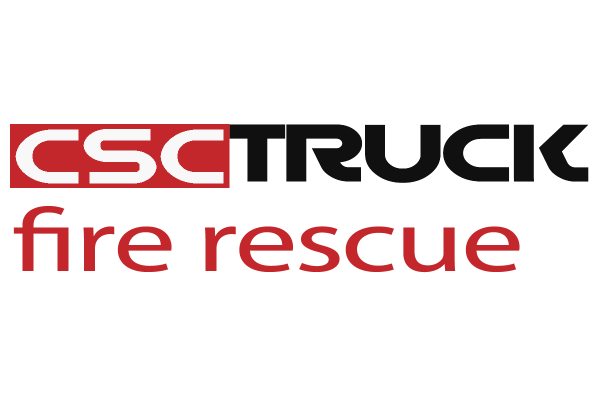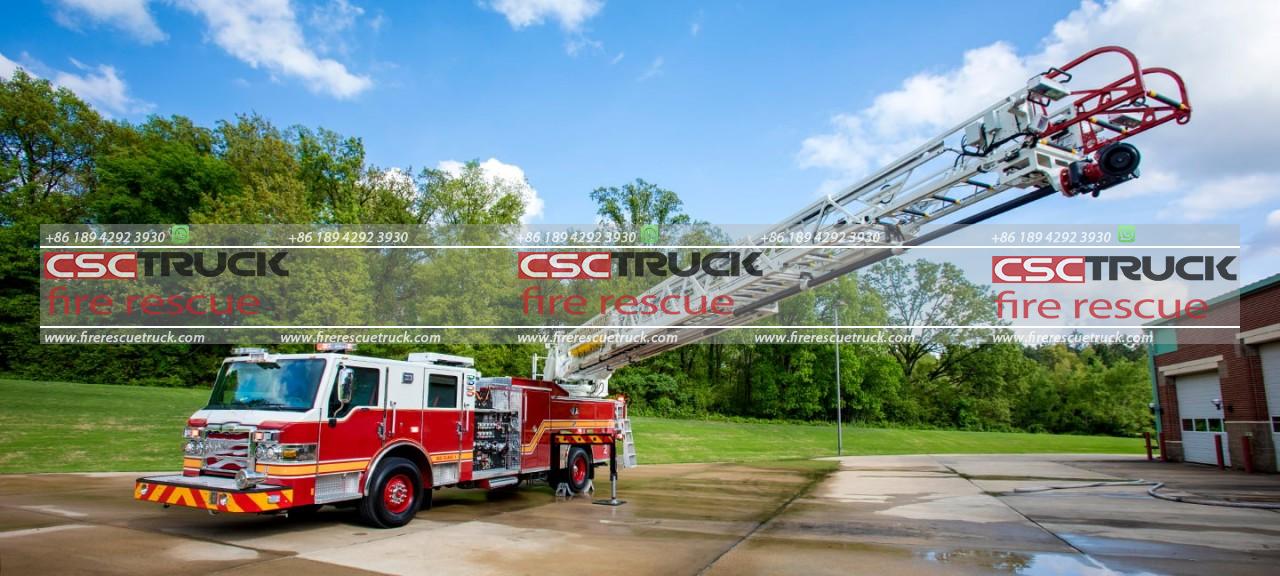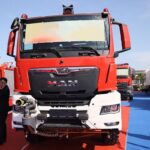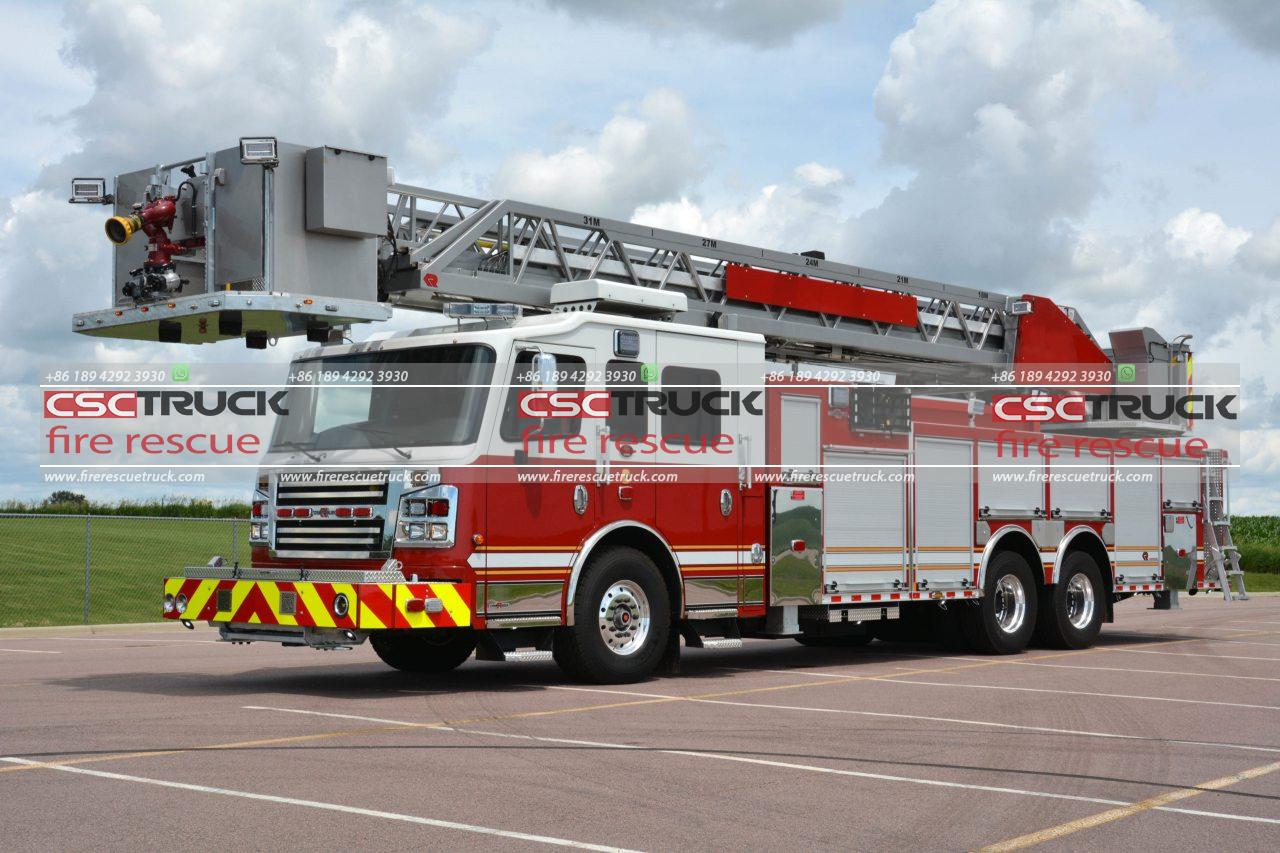A pumper fire truck, also known as a fire engine or a Type 1 fire apparatus, is one of the most essential firefighting vehicles. It serves as the backbone of fire suppression operations, providing firefighters with the necessary water supply, firefighting equipment, and personnel transport capabilities. These versatile trucks are specifically designed to pump water at high pressures to extinguish fires efficiently. In this article, we will explore the design, functionality, components, and operational significance of pumper fire trucks in fire and emergency services.
Design and Functionality
A pumper fire truck is engineered to perform a variety of firefighting and rescue operations. Its primary function is to transport water to the scene of a fire and provide high-pressure pumping capabilities. However, it also carries an assortment of hoses, nozzles, tools, and other essential firefighting equipment.
Modern pumper trucks are built on heavy-duty chassis to withstand demanding fire and rescue conditions. These vehicles feature powerful diesel engines that provide the necessary torque and horsepower for rapid response. Many are equipped with 4-wheel drive to navigate rough terrain and urban settings effectively.
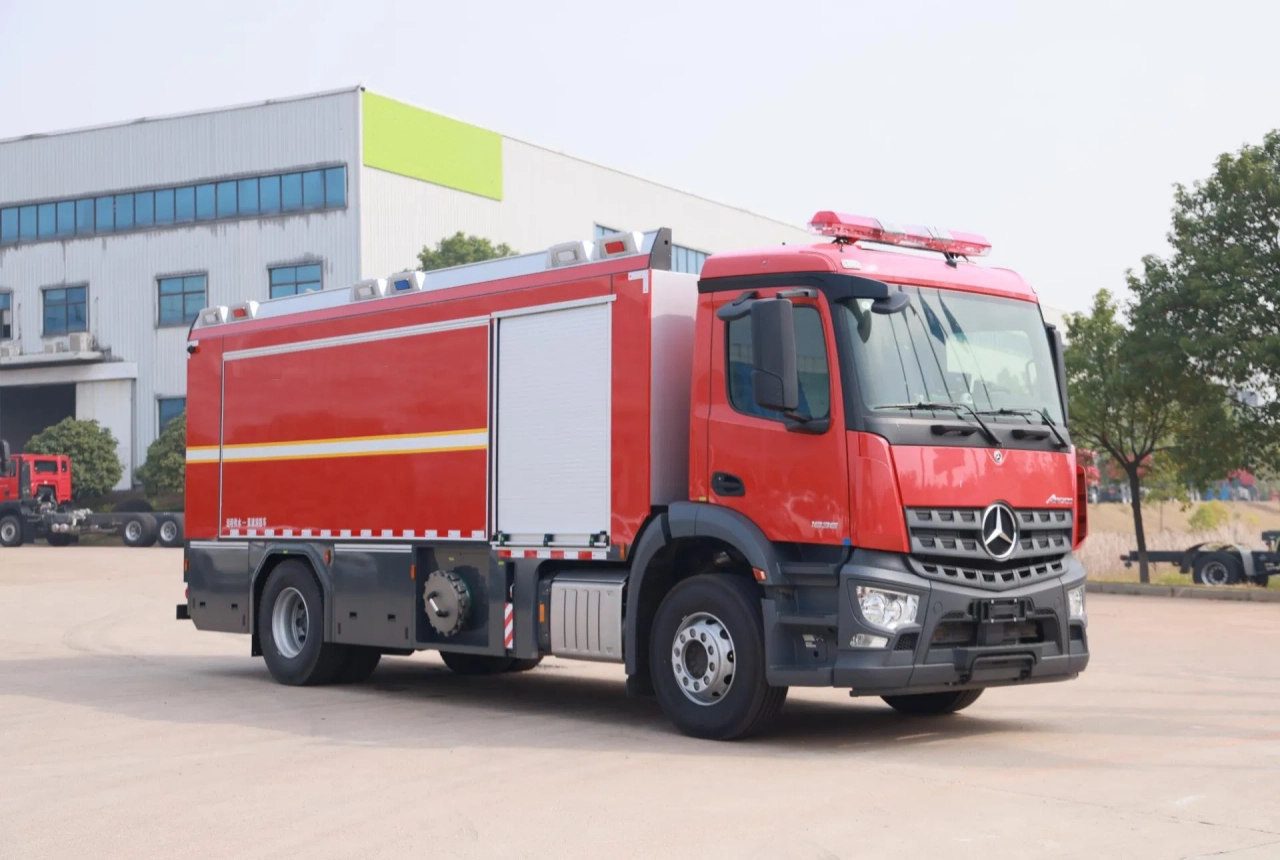
Key Components of a Pumper Fire Truck
Pumper fire trucks come with a range of specialized components that make them highly effective in firefighting operations. These components include:
1. Water Pump
At the heart of a pumper fire truck is the water pump, which is responsible for drawing water from onboard tanks or external sources, such as hydrants or natural water bodies. The pump can generate high-pressure water streams capable of reaching fires in buildings, vehicles, or wildlands.
Pumper trucks typically feature centrifugal pumps that can deliver water at rates of 1,000 to 2,000 gallons per minute (GPM), depending on the truck’s specifications and intended use.
2. Water Tank
Pumper fire trucks are equipped with onboard water tanks that store water for immediate use. The capacity of these tanks varies but commonly ranges from 500 to 1,500 gallons. The stored water allows firefighters to initiate fire suppression efforts before connecting to an external water source.
3. Hose Compartments and Nozzles
Pumper trucks carry various hoses and nozzles designed for different firefighting scenarios. These hoses range from large-diameter supply hoses used to transport water from hydrants to attack hoses for direct firefighting. The nozzles provide adjustable water flow patterns, including fog and straight-stream settings, to optimize fire suppression efficiency.
4. Firefighter Equipment Storage
These trucks have multiple compartments to store essential firefighting tools and equipment, including axes, pry bars, self-contained breathing apparatus (SCBA), and thermal imaging cameras. These tools are crucial for search and rescue operations, forcible entry, and hazardous material handling.
5. Ladders and Ground Equipment
Although pumper trucks are not the primary ladder trucks, they typically carry ground ladders to access higher levels of buildings. These ladders are useful for ventilation, rescue, and access to rooftops.
6. Foam and Chemical Agents
Some pumper trucks are equipped with foam proportioning systems that mix firefighting foam with water to combat flammable liquid fires. Foam is particularly effective for extinguishing fuel and chemical fires by smothering the flames and preventing re-ignition.
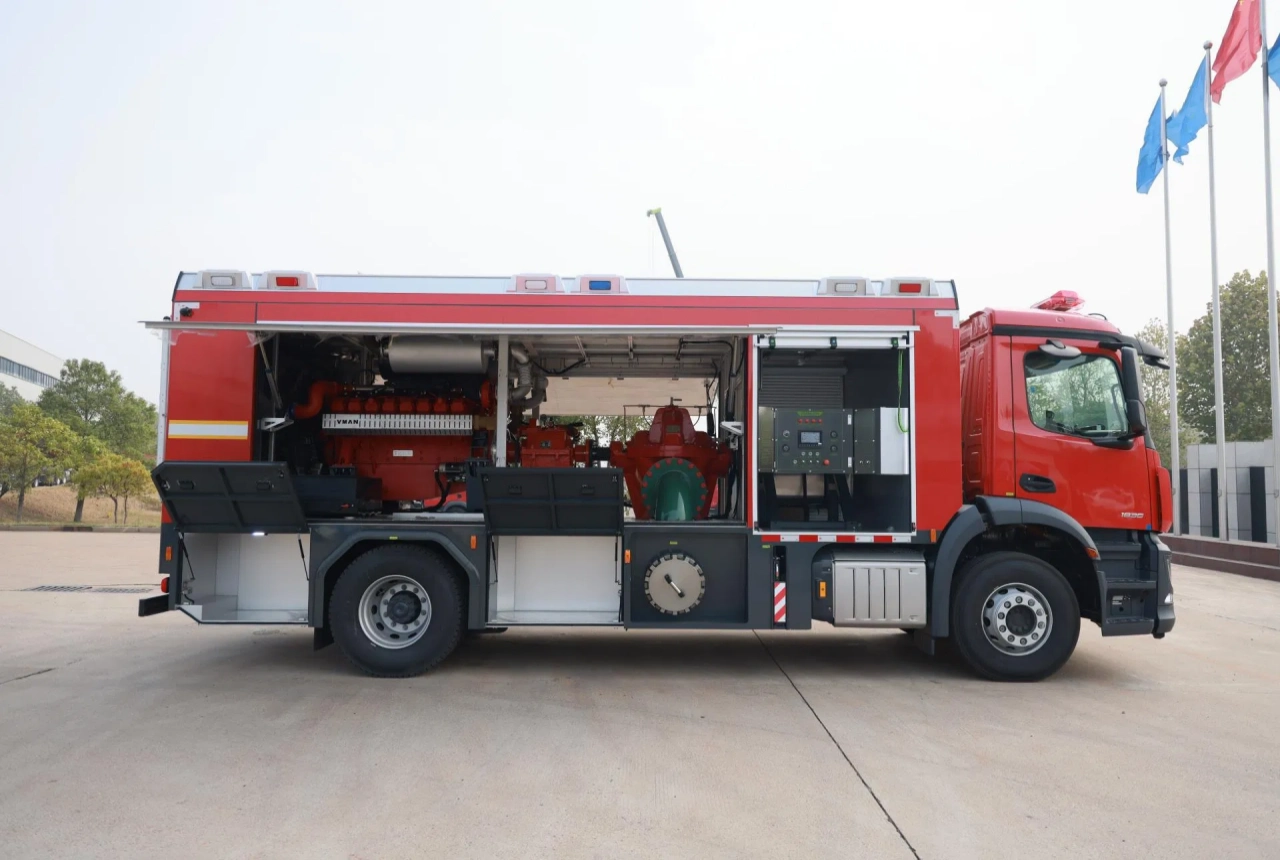
Operational Significance of Pumper Fire Trucks
Pumper fire trucks play a crucial role in various emergencies. Their versatility allows them to handle a wide range of firefighting scenarios, including structural fires, vehicle fires, and wildland fires. Here are some key operational aspects:
1. Initial Fire Suppression
Upon arrival at a fire scene, the pumper truck’s crew deploys hoses and begins fire suppression using the onboard water supply. The truck’s pump operator manages water pressure and flow to ensure efficient firefighting efforts.
2. Water Supply Management
In cases where additional water is needed, the pumper truck can connect to a fire hydrant or draft water from lakes, rivers, or portable water tanks. The truck’s pumping system ensures a steady supply of water for extended firefighting operations.
3. Mutual Aid and Large-Scale Firefighting
Pumper trucks often work in conjunction with ladder trucks, tanker trucks, and other firefighting apparatus during large-scale fire incidents. They provide water supply and support operations to ensure an effective fire response.
4. Emergency Medical Response
Many pumper trucks are equipped with basic medical equipment, such as defibrillators and first-aid kits, allowing firefighters to provide initial medical care to victims before paramedics arrive.
5. Search and Rescue Operations
During fire emergencies, firefighters use pumper trucks to transport personnel and equipment for search and rescue missions. The truck’s onboard SCBA and protective gear help firefighters navigate hazardous conditions safely.
Variations and Customizations of Pumper Fire Trucks
Different fire departments have varying needs based on their geographical location, population density, and specific emergency response requirements. As a result, pumper fire trucks can be customized to suit the needs of different agencies. Some common variations include:
- Urban Pumper Trucks – Designed for city environments, these trucks are compact and maneuverable, with advanced pump and hose configurations for high-rise firefighting.
- Rural Pumper Trucks – Equipped with larger water tanks to compensate for limited access to fire hydrants in remote areas.
- Rescue Pumpers – These vehicles combine firefighting capabilities with specialized rescue equipment for handling vehicle extrication, hazardous material incidents, and technical rescues.
- Industrial Pumper Trucks – Used in industrial settings, these trucks may have enhanced foam delivery systems and larger pumping capacities to handle chemical and oil fires.
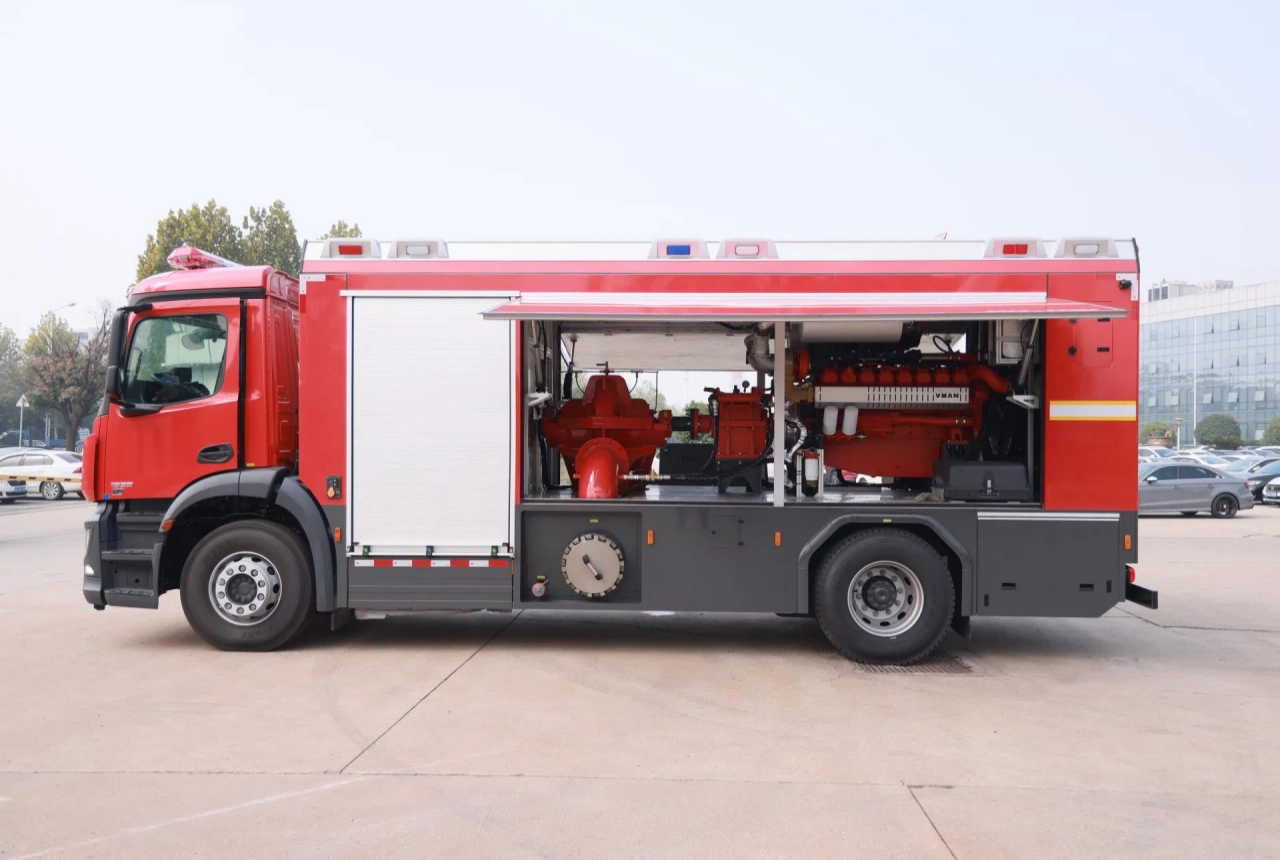
Advancements in Pumper Fire Truck Technology
Firefighting technology has evolved significantly over the years, improving the efficiency and safety of pumper fire trucks. Some notable advancements include:
- Electronic Pump Controls – Modern pump panels feature digital displays and electronic controls for precise water pressure management.
- Compressed Air Foam Systems (CAFS) – These systems mix water, foam, and compressed air to produce highly effective fire suppression agents.
- Automatic Hose Deployment Systems – Automated systems allow firefighters to deploy hoses quickly and efficiently.
- Telematics and GPS Tracking – Integrated tracking systems improve fleet management and emergency response coordination.
- Improved Safety Features – Enhanced cab designs, rollover protection, and advanced lighting systems increase firefighter safety.
Conclusion
A pumper fire truck is an indispensable asset in fire suppression and emergency response. Its ability to transport water, pump at high pressures, and carry essential firefighting equipment makes it a critical tool for fire departments worldwide. Whether combating structure fires, vehicle fires, or wildland blazes, pumper fire trucks serve as the frontline defense against fire emergencies. With continuous advancements in technology and design, these trucks are becoming even more efficient and effective, ensuring that firefighters can perform their duties with maximum safety and efficiency.
